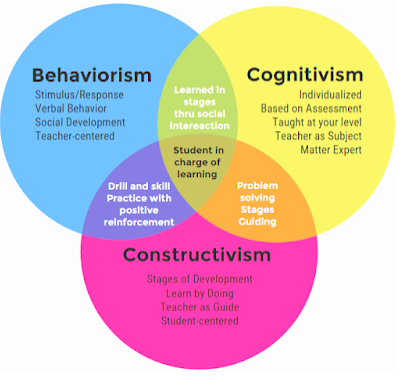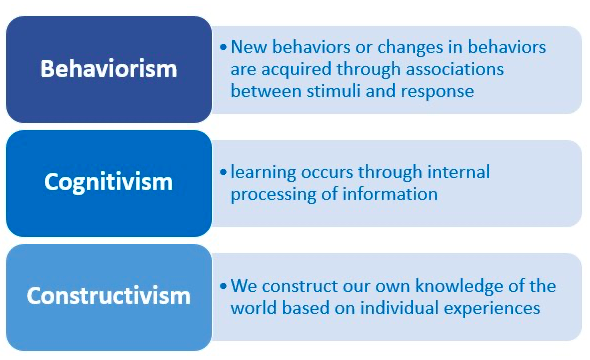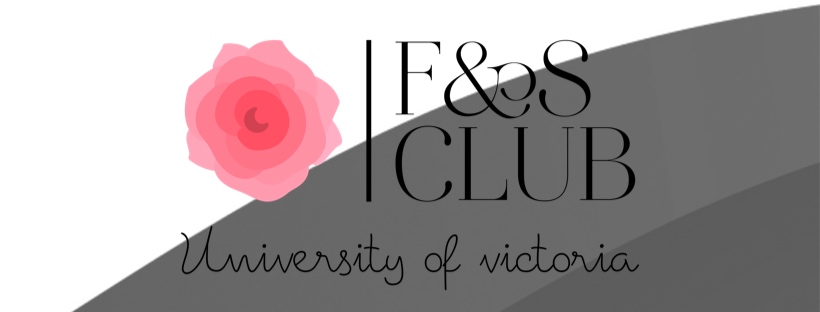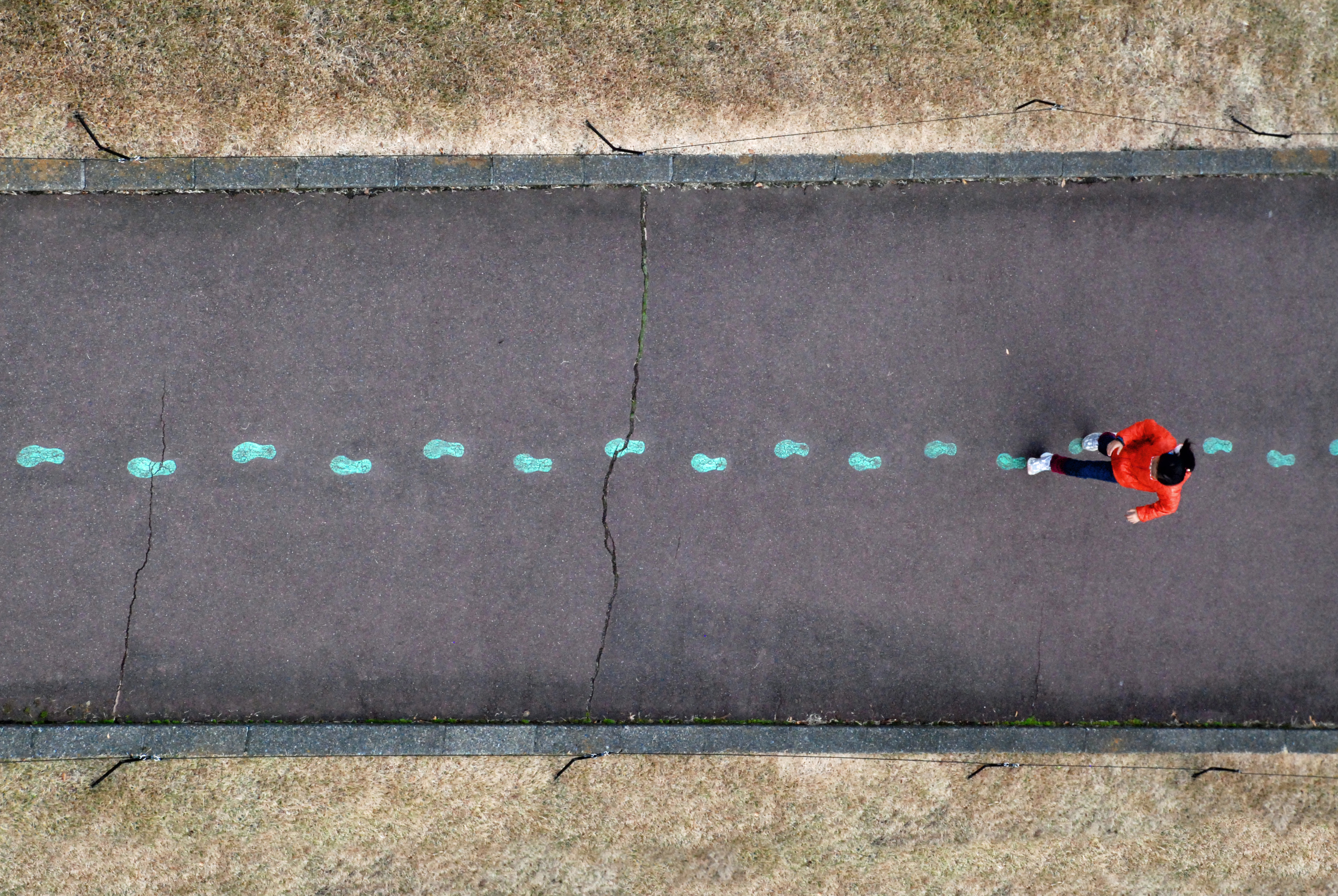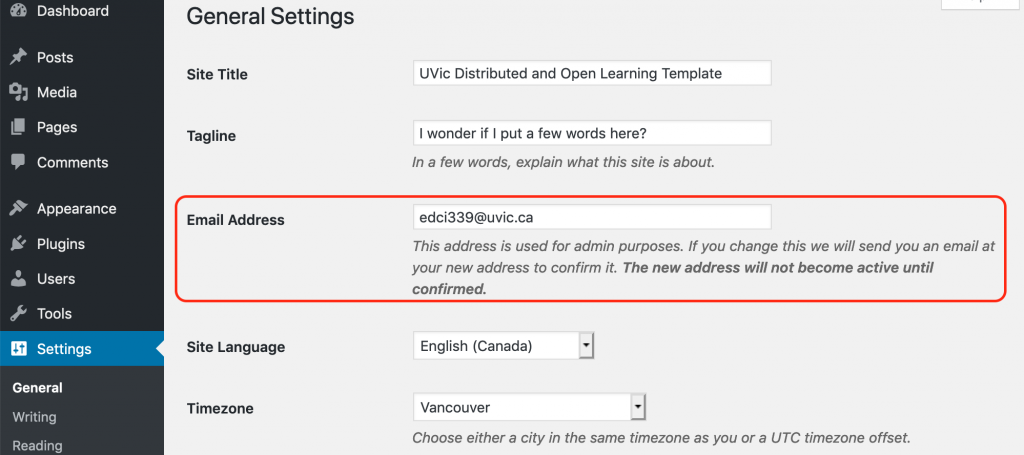I thoroughly enjoyed reading this week’s reading. I was not aware of the extensive history of ED Tech. We are currently studying and learning online yet not once do we wonder “what is the history of online learning” or “what aspects of online learning are interconnected and how online learning has evolved to the form it is now”. This week’s reading answered these two questions of mine! Upon reading “25 years of Ed-Tech” by Martin Weller (2020), I sensed that theme of the reading as well as Ed Tech in general is making it easier and convenient for people to connect with others.
Upon reading this week’s assignment, it is evident that online learning is not appreciated as much as it should be and in many ways, often disregarded due to people not knowing the history, complexity, and importance of Ed Tech. Taking blogs as an example, we write one every week but upon talking to my classmates, it was evident that most of my classmates do not understand why we are writing blogs specifically. After reading the “25 years of Ed Tech,” (2020) I realized that as Ed Tech allows us to stay connected, blogs are one of the primary ways to communicate with others as well as relay your opinions, thoughts, and knowledge, similar to how we converse face to face. Thus, writing blogs are a method of communication and very similar to conversing face to face. After understanding this week’s reading by Weller, I realized that since writing blogs allows you to communicate with your peers and is associated with Ed Tech, thus, the creation of blogs humanizes online learning and Ed Tech plays a role in humanizing learning. Therefore, “25 years of Ed Tech” directly supports and builds upon our last week’s topic of Humanizing Online Learning (2020) .
Soltan (2015) stated that educations and aspects of teaching should change to benefit the student, and Ed Tech has been evolving for 25 years. I would love to know what’s next in the evolution of Ed Tech, and what the future of online learning will hold. Will the majority of the learning be online? As learning online brings new challenges, what the major challenge currently is for Ed Tech, and what measures can instructors, and students take to overcome this challenge? I understand that no one will know the exact solution/answer as to what the future of Ed Tech and online learning will be, but it is evident that online learning has the potential of being the primary media of learning in the future, and knowing what the future will look like is a great way for people to feel involved and excited about online learning.
Summary of the topics:
Wikis (1998): allowed a page to be edited by anyone. Wiki played a role of creating something via collaborative measures. You could also track the history of edits.
E-learning (1998): started becoming part of learning, and mimic in classroom learning. It was suppose to reduce costs and allowed institutions to not reduce the costs in production.
Learning objects (2000): logical step to add to online learning. It was a digital media that could be reused. Failure cause the sharing of these objects was challenging and seemed alien to most people.
E-learning standards (2001): it was supposed to be a body that would describe the content, assessment in classes, and courses.
Open educational resources (2002): make online learning materials available to the internet via acquiring licenses and manage the educational material.
Blogs (2003): allowed people to publish more stuff on the internet, and they could choose what they wanted to publish such as journals. Furthermore, blogs allowed people to get their thoughts out into the world and to their audience very fast.
LMS (2004): management system for content. Provided individuals for tools that they needed to further their education. It was a method of delivering e-learning in institutions.
Video (2005): teaching using html and videos uploaded on the internet. Youtube was an example of where the videos were uplaoded. Khan academy is a great example of videos used for teaching something. Videos could be played, paused, watched whenever and shared whenever.
Web 2.0 (2006): it gathered the user generated materials and services like blogs, youtube videos.
Second life and virtual worlds (2007): colleges used second life to deliver their courses. However, it lost its touch due people lacking interest in this.
E-portfolios (2008): store material you needed as a way to learn, show what you learned and build your career. It allowed you to showcase your learning and highlight yourself in terms of attaining jobs and looking qualified.
Twitter and Social media (2009): allowed poeple to get in touch with others who were virutally across the world. However, trolls and bots ruined the experience by posting wild things. Allowed increase in student engagement and retainment of information.
Connectivism (2010): served as the first internet-native learning theory. It allowed people to think about how learning is seen given the use of media and online resources.
PLE (2011): it was like a bunch of tools that one can use for learning. You could use the tools that you prefered for your own leanring, giving you control over your learning.
MOOCs (2012): Massive open online courses. It was like a combination of all the preceding technologies.
Open textbooks (2013): they were practical and easy to accomodate in your learning. Sharing and storing of them was easy and helpful.
Learning analytics (2014): bascially revolved around data. Learner’s data was analyzed to see what worked and what didnt which lead to changes in education/learning.
Digital badges (2015): they were basically online achievements. Served as a small reward, boosting motivation to become involved.
Return of AI (2016): AI interest returned due to computational processing, as we have powerful devices that can handle running complex AI. There is huge potential but can dehumanize alot of learning and the experience.
Blockchain (2017): aimed to record achievements earned online and bring together other entities of Ed Tech like e-portfolios.
Based on the all topics, I am most interested about blockchain, digital badges, and lastly, twitter and social media. The reason being that these are some of the most recent advancements/entities in the history of Ed Tech and we all associate with these entities in our daily lives. Doing a project on one of these topics would be very informative and a great learning experience.
The 2 questions I would ask Dr. Weller would be:
- Which makes you so passionate about Ed Tech?
- Many classes have labs such as science lectures, do you think Ed Tech will be able to incorporate virtual labs in the future without jeopardizing any learning opportunities that are associated with labs?
References:
Weller, M. (2020). 25 Years of ed tech. AU Press. Retrieved from https://read.aupress.ca/read/25-years-of-ed-tech/section/e69021f2-91b6-4ca4-9d0b-81d3e9748707
Howell Major, C. (2015). Teaching Online – A Guide to Theory, Research, and Practice. (Chapter 1). Retrieved from http://ebookcentral.proquest.com/lib/uvic/detail.action?docID=3318874

